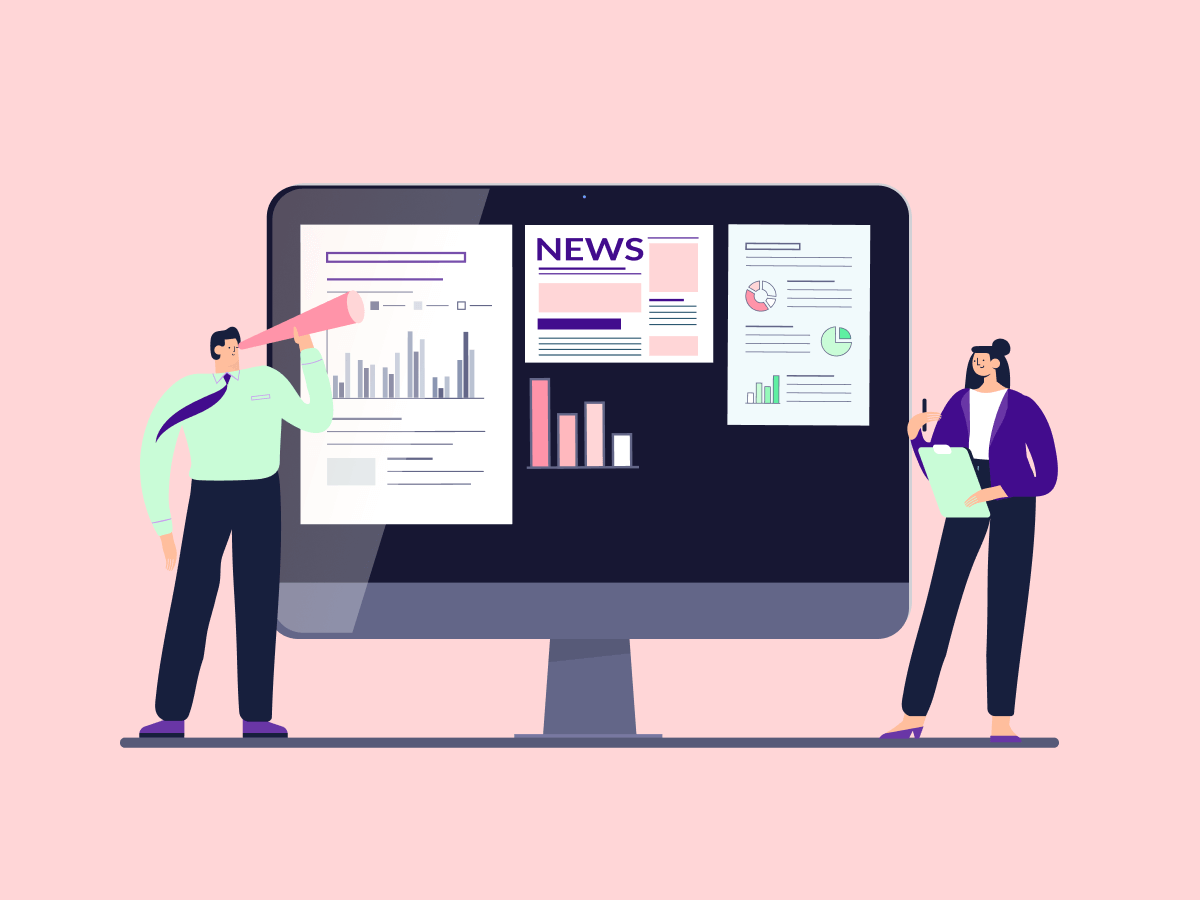In today’s fast-paced digital world, staying ahead of the curve is crucial for businesses and organizations. One of the most effective ways to do this is through real-time media monitoring. This article delves into the concept of real-time media monitoring, its significance, functioning, tools, benefits, challenges, best practices, and future trends.
Introduction to Real-Time Media Monitoring

Real-time media monitoring is the process of tracking, analyzing, and responding to mentions of a brand, topic, or keyword across various media channels in real-time. These channels include social media platforms, news websites, blogs, forums, and more. The goal is to stay updated with the latest conversations, trends, and sentiments surrounding a particular subject.
Importance of Real-Time Media Monitoring
Media monitoring is essential for businesses to maintain their online reputation, manage crises effectively, and capitalize on opportunities as they arise. By monitoring conversations in real-time, organizations can address customer concerns promptly, identify emerging trends, and adjust their strategies accordingly.
Key Components of Real-Time Media Monitoring
1. Social Media Platforms
Social media platforms like Twitter, Facebook, Instagram, LinkedIn, and TikTok are major sources of real-time information. Monitoring these platforms allows businesses to track mentions, engage with their audience, and gauge public sentiment toward their brand.
2. News Websites
Monitoring news websites enables organizations to stay updated with the latest developments in their industry, track competitor activities, and identify potential PR crises before they escalate.
3. Blogs and Forums
Blogs and forums provide valuable insights into niche communities and discussions. By monitoring these platforms, businesses can identify influencers, gather feedback, and participate in relevant conversations.
Benefits of Media Monitoring
Real-time media monitoring offers several benefits, including:
- Immediate Response: Enables businesses to respond promptly to customer queries, complaints, or crises.
- Competitive Intelligence: Helps businesses stay ahead of competitors by tracking their activities and strategies.
- Brand Management: Allows organizations to manage their online reputation by addressing negative sentiments and amplifying positive feedback.
- Identifying Opportunities: Helps businesses identify emerging trends, opportunities, and influencers in their industry.
How Real-Time Media Monitoring Works
Media monitoring involves the use of specialized tools and software to track and analyze mentions across various media channels. These tools use advanced algorithms and natural language processing techniques to identify relevant conversations, sentiments, and trends in real-time.
Real-Time Media Monitoring Tools
Several tools are available for real-time media monitoring, including:
- Google Alerts: Sends email notifications whenever a brand, keyword, or topic is mentioned online.
- Hootsuite: Allows businesses to monitor multiple social media channels from a single dashboard.
- AIM Insights: Offers advanced analytics and sentiment analysis features for tracking brand mentions.
- Meltwater: Provides real-time media monitoring and social listening solutions for businesses of all sizes.
Challenges
Despite its benefits, real-time media monitoring also poses several challenges, including:
- Data Overload: Managing and analyzing large volumes of real-time data can be overwhelming.
- Accuracy: Ensuring the accuracy of sentiment analysis and data interpretation poses challenges due to the complexity of human language.
- Privacy Concerns: Monitoring social media conversations raises concerns about user privacy and data protection regulations.
Best Practices for Media Monitoring
To make the most of real-time media monitoring, businesses should follow these best practices:
- Define Clear Objectives: Clearly define the goals and objectives of media monitoring to focus efforts effectively.
- Use Advanced Tools: Invest in advanced monitoring tools and software to gather accurate and actionable insights.
- Monitor Continuously: Monitor media channels continuously to stay updated with the latest trends and conversations.
- Engage with Audiences: Actively engage with audiences by responding to queries, comments, and feedback in real time.
Future Trends
The future of media monitoring is expected to be shaped by advancements in artificial intelligence, machine learning, and big data analytics. These technologies will enable more accurate sentiment analysis, predictive insights, and automation of monitoring processes.
Conclusion
Real-time media monitoring is a powerful tool for businesses to stay informed, engaged, and proactive in today’s digital landscape. By monitoring conversations across various media channels in real-time, organizations can effectively manage their online reputation, identify opportunities, and stay ahead of the competition.
To experience the benefits of real-time media monitoring firsthand and take your business to the next level, consider requesting a demo from AIM Technologies. Our advanced monitoring solutions can help you streamline your media monitoring efforts, gain actionable insights, and drive business growth. Don’t miss out on this opportunity to stay ahead of the curve – request a demo today!
FAQs
What industries can benefit from media monitoring?
- Media monitoring is beneficial for industries such as retail, healthcare, finance, hospitality, and technology, among others. Any industry that values customer feedback, brand reputation, and competitive intelligence can benefit from media monitoring.
How often should businesses monitor media channels in real time?
- Ideally, businesses should monitor media channels in real-time continuously to stay updated with the latest trends, conversations, and sentiments. However, the frequency of monitoring can vary based on the industry, business objectives, and available resources.
Are there any ethical considerations in media monitoring?
- Yes, ethical considerations such as user privacy, data protection, and consent are crucial in monitoring. Businesses should ensure compliance with relevant regulations and guidelines when monitoring social media conversations and user data.
Can media monitoring help businesses improve customer service?
- Yes, media monitoring enables businesses to respond promptly to customer queries, complaints, and feedback, thereby improving customer service and satisfaction.
What role does sentiment analysis play in media monitoring?
- Sentiment analysis helps businesses gauge public sentiment towards their brand, products, or services by analyzing the tone and context of online conversations. It allows businesses to identify positive, negative, or neutral sentiments and take appropriate actions accordingly.



